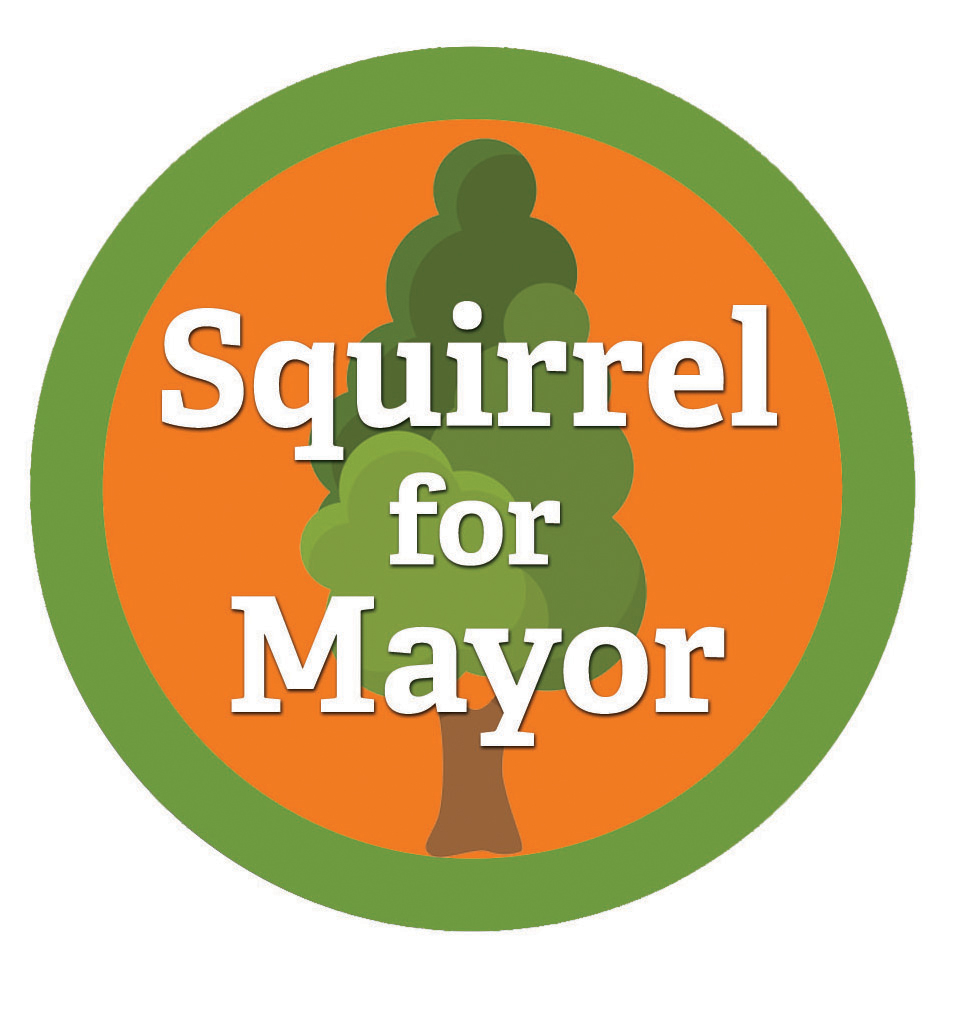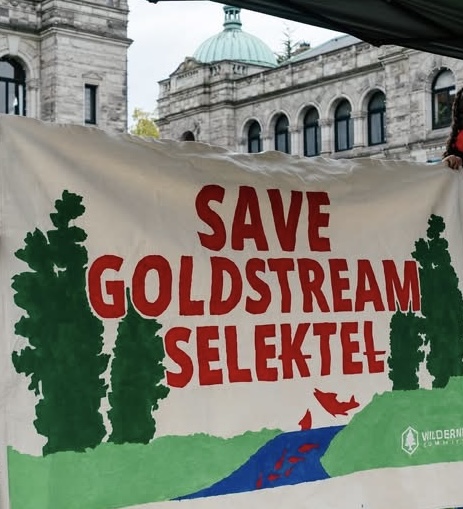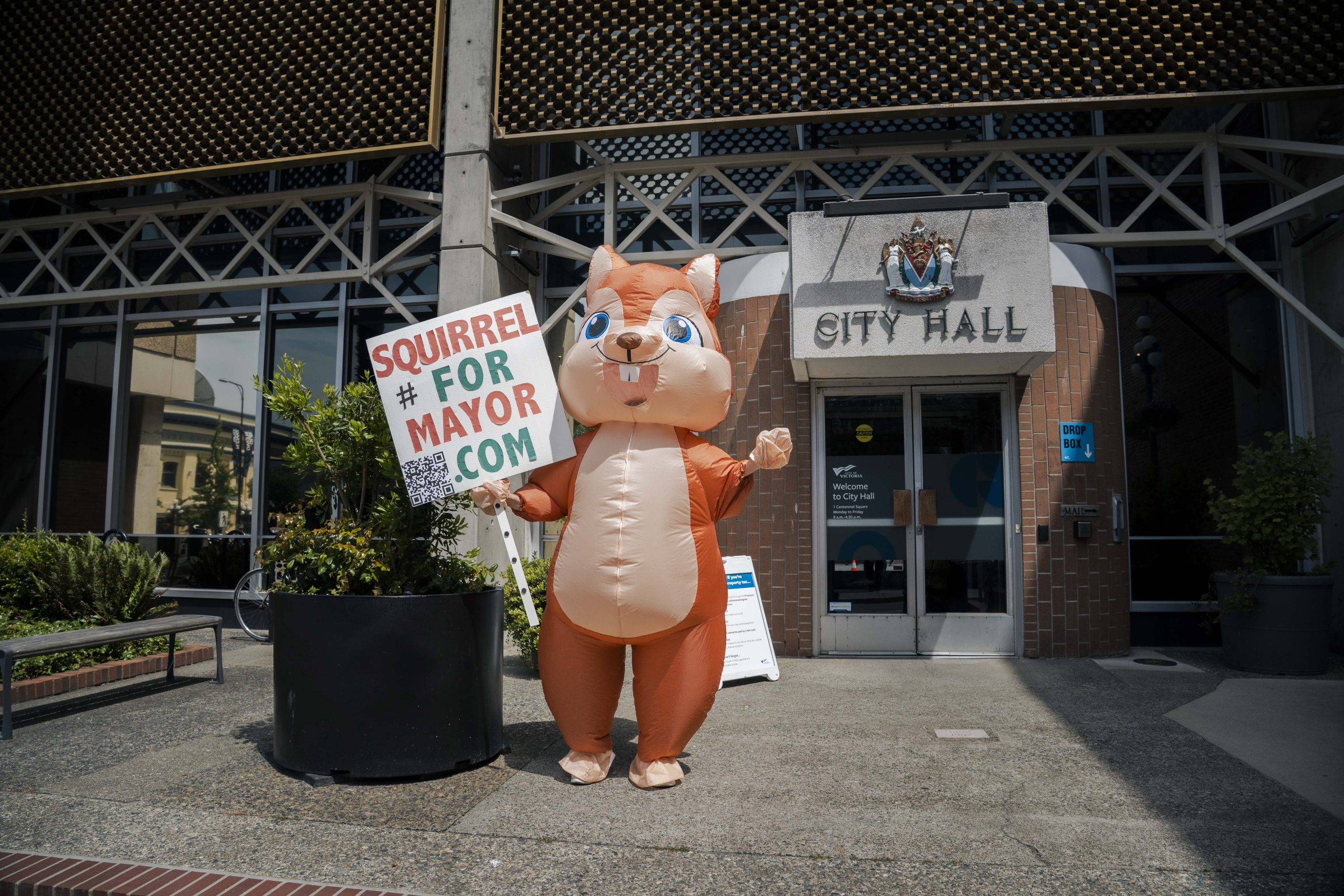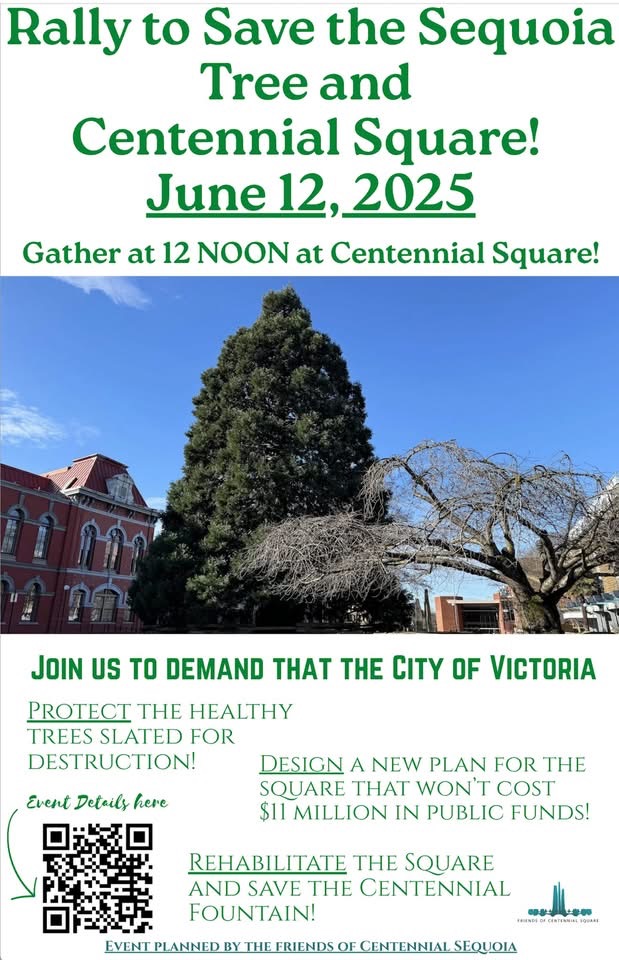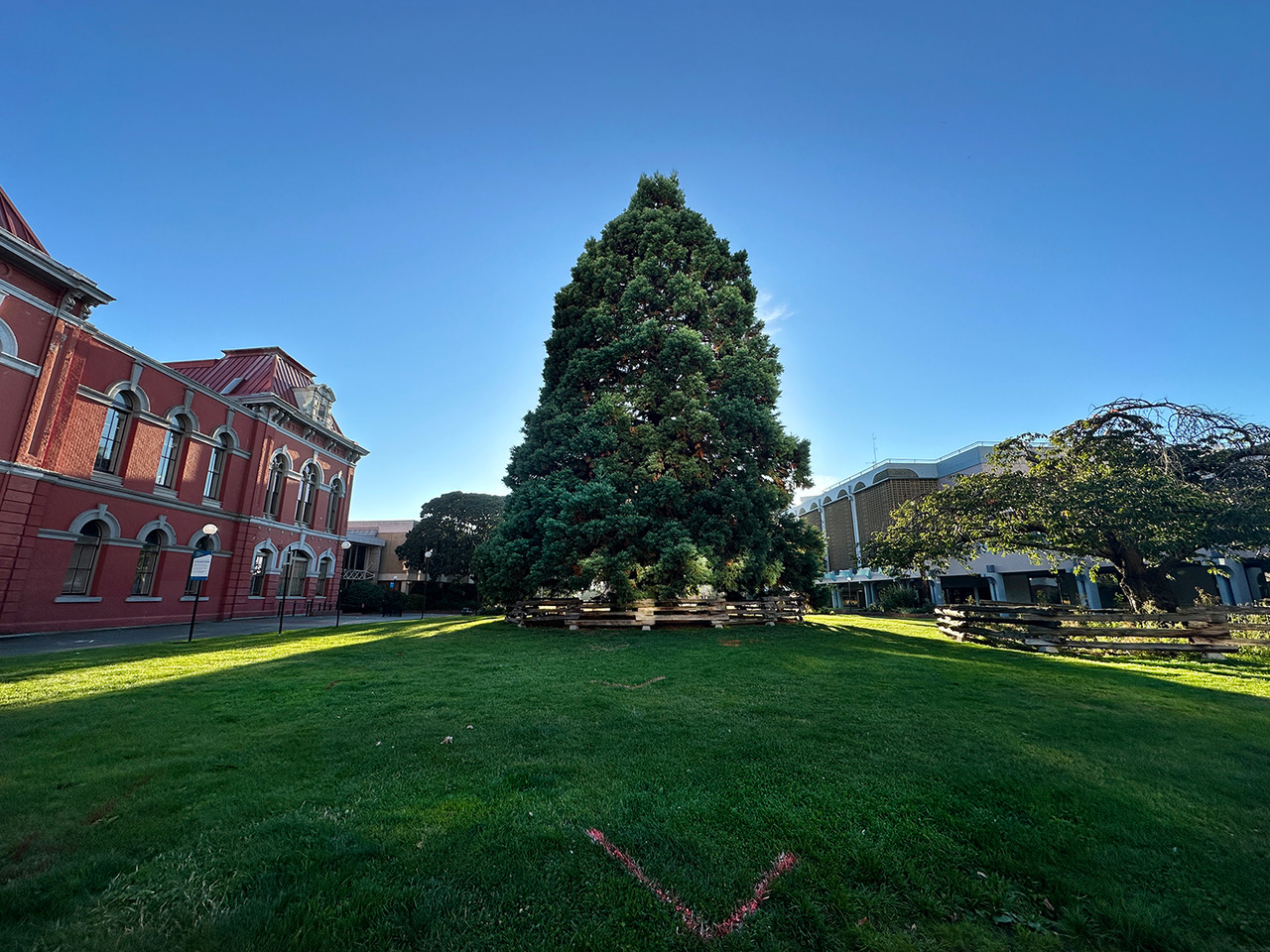Category: Community Events
-
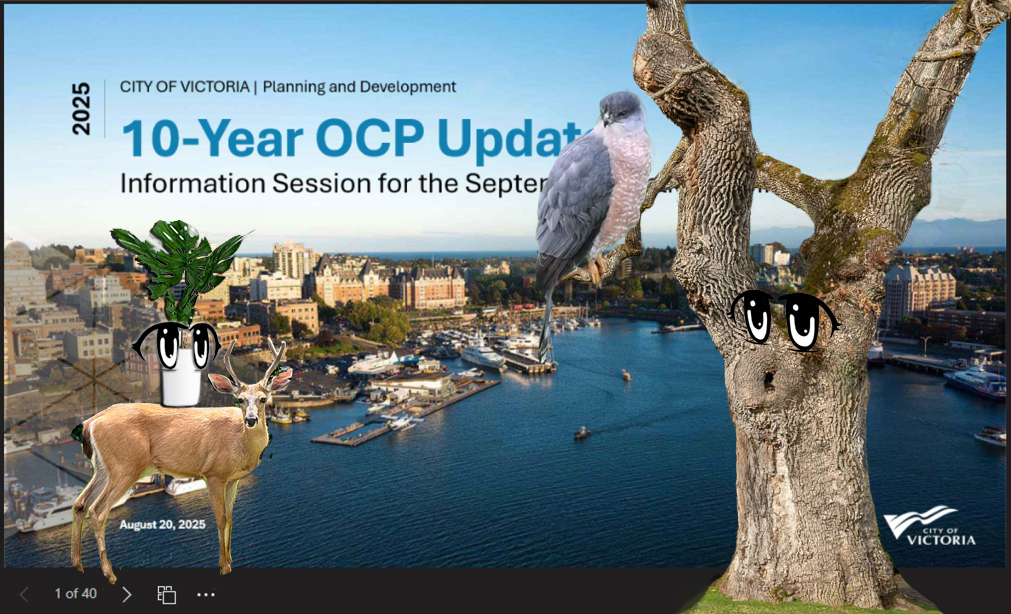
The Inconvenient Garry Oak Ecosystem: Distinguishing Native Trees from House Plants through Victoria’s Draft OCP.
By Squirrel for Mayor August 26, 2025 The urban area of the City of Victoria is the Garry oak (Quercus garryana) ecosystem (GOE) – a fact often left out of discussions on the urban forest. GOE or Kwetlal food system in lək̓ʷəŋən language, have been shaped by Indigenous agroecological management for thousands of years. It Read more
-

Remote Sensing: Garry Oak Species Detection Project
Squirrel for Mayor was at the Victoria International Airport on June 24, 2025 for the Remote Sensing: Garry Oak Species Detection Project with the Garry Oak Meadow Preservation Society and Terra Remote Sensing to launch a Bell 206B3 Jet Ranger, equipped with a Phase One IXM-100 camera for aerial data acquisition to perform Garry oak species detection Read more
